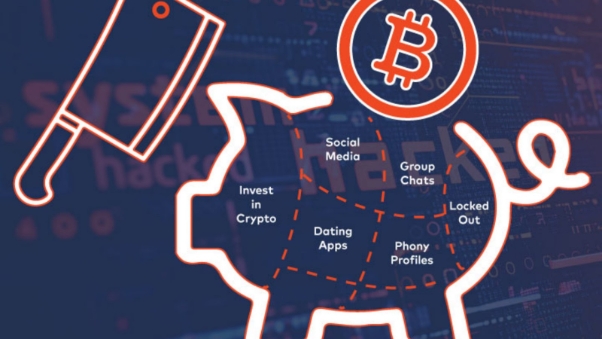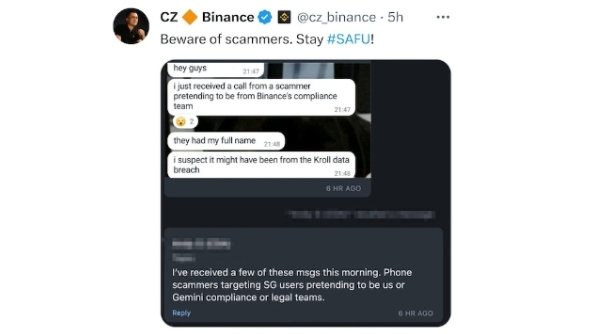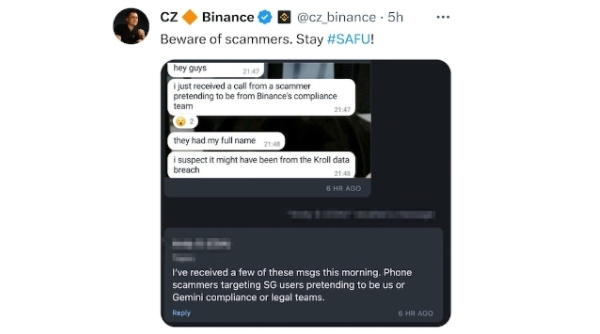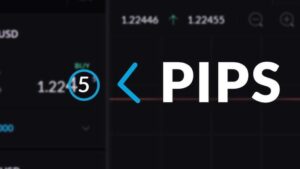Virtual currency scams are becoming increasingly rampant in Taiwan. According to 2024 statistics from the National Police Agency, there were more than 120,000 fraud cases throughout the year, averaging over 300 cases per day. The most common type was “fake investment scams,” causing average daily financial losses of up to NT$411.26 million.
As digital finance becomes more widespread, scam tactics continue to evolve, especially those related to virtual currencies. The most common are investment scams on social media and fake trading platforms. Scammers reach victims through Telegram, Instagram, and other channels, creating an illusion of high returns to lure people into investing large sums before defrauding them.

This article will thoroughly analyze different types of virtual currency scams and provide prevention guidelines and platform selection advice to help investors avoid traps.
What is a virtual currency scam? Common types explained
AI trading scam
In recent years, so-called “AI smart trading robots” have become popular. Marketed as high-frequency AI bots, they claim to use algorithms to predict coin prices and help users automatically arbitrage, boasting unrealistic returns like “10% daily profit” or “100% weekly return.” They are often promoted in YouTube ads, social media groups, and endorsed by fake influencers, misleading investors into thinking they are legitimate innovative products.
Pig butchering scam
The so-called “virtual currency pig butchering scam” is most commonly carried out through social media or dating apps. Scammers approach victims through fake friendships or social connections, gradually building trust. They use phrases like “guaranteed profit” or “high return with capital protection” to lure victims into investing in virtual assets, manipulating them through long-term emotional or relational control.

Victims are initially given small profits as bait. Once they invest more, the platform either shuts down or blocks withdrawals. In some cases, victims are even transferred into scam compounds run by organized fraud groups.
In July 2025, police uncovered a scam case in which a woman in Taichung was deceived by a virtual currency investment scheme. She invested nearly NT$7 million in just two months, only realizing she had been scammed when her withdrawal failed. A special reminder: if someone asks you to transfer funds to an unknown platform or download an unfamiliar app, stop immediately and verify its authenticity.
NFT airdrop and on-chain scams
The NFT boom has fueled the popularity of airdrops, but many scams exploit this by luring users with “free NFT airdrops” that hide phishing links. Common scenarios include users receiving suspicious NFTs, clicking links that connect their wallets, and then having their assets stolen, or being tempted via Discord announcements of “exclusive spots” to buy fake NFT projects.
Once users click or link their crypto wallets, such scams can lead to asset theft.
Between 2024 and 2025, fake airdrop scams such as Hamster Kombat spread widely, causing global cryptocurrency losses exceeding USD 9.9 billion. Investors are advised to carefully verify the source of any airdrop activity and never connect wallets or provide private keys casually.
Fake exchange/technical support scams
Many scams disguise themselves as customer service from well-known platforms like Binance or MetaMask, claiming to “help resolve issues” to trick victims into sharing seed phrases or transferring funds.
To identify such scams, check whether the platform is legally regulated, provides transparent reward explanations, and has genuine user reviews. Remember, official customer service from any platform will never ask you for wallet seed phrases or login codes. If it promotes “zero risk, high returns,” it is most likely a fake platform.
Analysis of Common Cryptocurrency Scam Cases
Case 1: An Engineer in Taiwan Trusted a Telegram Investment Group and Lost Over TWD 3 Million
The victim met an “investment mentor” via Telegram, was added to a so-called VIP group, and was guided to invest in USDT through a fake platform. At first, profits seemed normal, but once the investment amount increased, withdrawals became impossible. The scam group claimed a “deposit” was required to withdraw, ultimately leaving the victim with financial loss and no recourse.
Case 2: YouTube Ads Impersonated a Famous Financial Blogger to Promote AI Robot Investments
Scam ads impersonating financial KOLs lured users to download apps or register on websites, claiming that by linking their crypto wallets, the system would automatically trade Bitcoin and share profits. In reality, once the wallet was linked, hackers gained control, and assets were drained within minutes.
Case 3: Encountering Fake Binance Scams
Many people in Taiwan were scammed after finding fake Binance websites through Google searches. These sites closely resembled the real ones, even mimicking the login interface. By entering their account credentials, users essentially handed over their accounts to scammers.

Correct Countermeasures:
- Only log in to trading platforms via the official app or saved bookmark
- Enable two-factor authentication (2FA)
- Verify any suspicious customer service messages through the official website
How to Identify and Prevent Cryptocurrency Scams?
Before entering the trading market, how should users distinguish cryptocurrency scam platforms? Pay special attention to the following points:
1. Spotting the “High Returns, Low Risk” Bait
Be highly cautious of any investment opportunity that emphasizes guaranteed profits or quick wealth. In particular, when AI or blockchain jargon is used to confuse, it is even more important to verify the platform’s authenticity and background.
2. Avoid Clicking Unknown Links and Connecting Wallets
In NFT airdrop scams, users should avoid connecting wallets to unknown websites and instead safeguard assets using hardware wallets or similar methods.
3. Check Platform Regulation and Fund Security Mechanisms
Legitimate platforms are regulated by government authorities, with clear company backgrounds and client fund segregation systems. For example, Ultima Markets is not only approved by multiple financial regulators but also provides an additional compensation scheme from The Financial Commission and segregated fund custody, making trading more secure for users.
Complete Guide to Preventing Cryptocurrency Scams: Five Key Checks
Primary Checklist to Avoid Cryptocurrency Scams
- Is it a regulated platform? For example, regulated by CySEC, ASIC, or FSC
- Does the platform provide withdrawal review and risk control systems?
- Are spreads, fees, and commission structures disclosed?
- Is there fund segregation and insurance protection?
- Does it support two-factor authentication and real-time customer service?
Choosing a Regulated and Secure Trading Platform
Many unregulated platforms are still recruiting investors, but they generally lack protection in terms of fund security, withdrawal freedom, and customer support. To avoid falling into cryptocurrency scams, it is crucial to choose a legitimate platform with global regulation and real fund protection.
Ultima Markets, regulated by multiple authorities including ASIC, CySEC, and FSC, is committed to providing a transparent, secure, and efficient trading environment. Whether forex, precious metals, or cryptocurrency CFDs, UM offers multi-layered anti-fraud protection and real-time monitoring systems.
At the same time, UM also provides demo accounts, allowing beginners to practice trading in a risk-free environment and use built-in tools such as Trading Central for risk assessment and trend analysis, further reducing the chance of poor investment decisions caused by false information.

In addition, all client funds at UM are held with Westpac Bank in Australia and strictly segregated from company operational funds, effectively preventing misappropriation. UM also provides additional insurance coverage of up to USD 1 million and access to The Financial Commission’s compensation fund, under which a single client can receive up to EUR 20,000 for disputes, comprehensively enhancing fund security.
What to Do If You Unfortunately Become a Victim of Cryptocurrency Scams?
Two Steps to Recover Digital Assets After Cryptocurrency Fraud
- Report to the police immediately and preserve all relevant transfer records (transaction records, screenshots)
- Inform the wallet provider or exchange to freeze the funds
If the platform is unregulated, recovery will be extremely difficult. Conversely, if trading on a legitimate regulated platform, the official team will assist with disputes and claims.
Conclusion
Cryptocurrency scam tactics evolve rapidly, and victims often overlook inherent risks in pursuit of high returns. By increasing awareness of scam methods, choosing legitimate platforms, and strengthening cybersecurity, you can truly safeguard your digital assets.
If you are considering entering the cryptocurrency or financial markets, starting with a compliant platform like Ultima Markets—licensed and offering high-level security—can take you from basic learning to real trading in one step, reducing investment risks and avoiding hidden scam traps.



